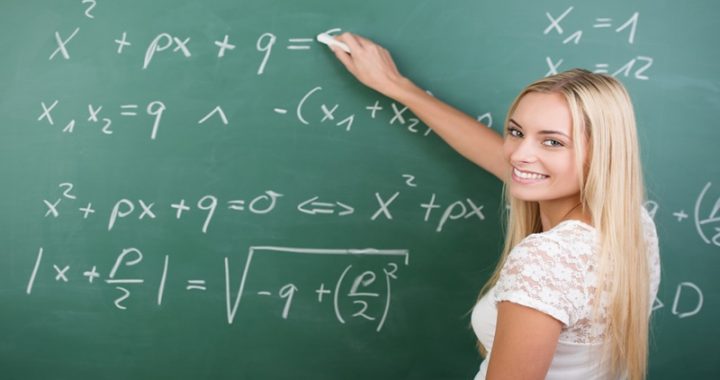Invertible Matrix – Introduction and Definition
3 min read
Last Updated on April 15, 2022 by Aaron Thompson
A matrix is a group of numbers that are arranged in rows and columns. The number of rows and columns in a matrix is expressed as p x q, where p and q represent the number of rows and columns, respectively. Simple mathematical operations such as addition, subtraction, multiplication, and division can be performed by matrices. A non-singular or non-degenerate matrix is another name for an invertible matrix. The determinant value of an invertible matrix cannot be 0.
Consider there are two matrices P and Q,: A matrix ‘P’ of dimension n x n is regarded invertible only if another matrix Q of the same dimension, so that PQ = QP = I, where I is the identity matrix of the similar order. In this case, matrix Q is known as the inverse of matrix P. The inverse of matrix P is represented by the symbol ‘P-1.’ If the matrices P and Q satisfy the condition PQ=QP=I, then Q is the inverse of P, denoted by P-1=Q. Similarly, P is the inverse of Q and can be represented as Q-1
Singular arrays, also known as degenerate arrays, are square arrays that cannot be inverted. If and only if the determinant of a square matrix equals zero, it is said to be a singular matrix. If the entries of the square matrix are randomly selected from any finite location on the number line or complex plane, then there is zero likelihood that it will be a singular matrix
Applications of Inverse Matrix
The application of inverse matrix is as follows:
- To solve a system of linear equations, the inverse matrix is utilized. It also shows us whether the solution of equations is consistent or inconsistent.
- The inverse matrix is used in linear equations, some linear codes, linear differential equations, and linear recurrence sequences.
- To encrypt communication codes, inverse matrices are widely utilized. For communication, a message is made up of a series of binary numbers that are solved using coding theory. As a result, matrices are employed to solve such problems.
- Engineers and physicists create models of physical structures and carry out the accurate calculations needed to run complex machinery. Electronics, networks, airplanes and spaceships, and chemical operations all require matrices.
- Electric circuits, quantum mechanics, and optics are explored using the Inverse matrix. In the measurement of battery power outputs and the conversion of electrical energy into other usable energy by resistors, these matrices are critical. In order to solve Kirchhoff’s laws of voltage and current, inverse matrices must be used.
Matrix Multiplication
Matrix multiplication, also known as matrix product or two-matrices multiplication, yields a single matrix. It’s a binary operation in its most basic form.
If P and Q are two matrices, the product of the two matrices P and Q is written as:
PQ = X
A dot product of two matrices equals a product of two matrices.
When multiplying two matrices, make sure the number of columns in the first matrix equals the number of rows in the second matrix. As a result, the final matrix product will have the first matrix’s number of rows and the second matrix’s number of columns. The matrix multiplication order is the order of the resulting matrix.
Multiplying two matrices is only possible if their dimensions are compatible, which means the first matrix’s number of columns equals the second matrix’s number of rows. Matrix multiplication is the most important of all matrix operations. It’s frequently utilized in fields like network theory, linear system of equations solution, co-ordinate system transformation, population modeling, etc.
Matrix Inverse Properties
Inverse matrix properties are listed below.
If Assuming P and Q are non-singular matrices, then the inverse matrix should have the following properties
(P-1)-1 =P
(PQ)-1 =P-1Q-1
(PQR)-1 =R-1Q-1P-1
(P1 P2….Pn)-1 =Pn-1Pn-1-1……P2-1P1-1
(PT)-1 =(P-1)T
(kP)-1 = (1/k)P-1
PQ = In, where P and Q are inverse of each other.
If P is a square matrix where n>0, then (P-1)n =P-n
Where( P-1)n = (P-n)
If you want to learn more about invertible matrix then visit Cuemath to book a free session.






